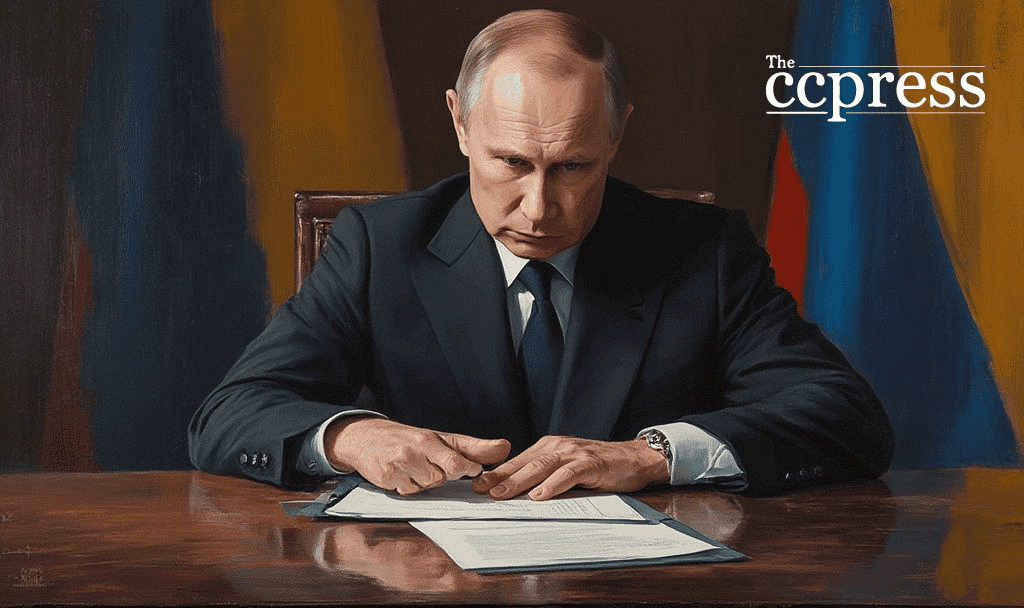- Putin’s Easter ceasefire seeks Ukrainian reciprocity.
- Humanitarian pause starts April 19, 2025.
- Ceasefire unilaterally announced by Russia’s President.

This temporary ceasefire is significant due to ongoing conflict tensions and humanitarian concerns. Markets may react cautiously, given potential geopolitical impacts.
Russian President Vladimir Putin declared a 30-hour Easter ceasefire in Ukraine, starting from April 19, 2025. Military actions are set to pause, potentially easing regional tensions temporarily. This move follows Russia’s claims of recent advances in the Kursk region.
Putin’s order specifies a cessation of hostilities for religious observance, with an expectation of reciprocity from Ukraine. The announcement, attended by Chief of the General Staff Valery Gerasimov, reflects a shift in strategy from previously skeptical views on temporary truces.
The ceasefire might impact regional dynamics, providing brief relief from active conflict. Russian military preparedness remains high, anticipating possible violations. Political and humanitarian ramifications are notable.
This development could influence broader peace talks, intertwining with proposals involving a prolonged ceasefire. Diplomatic efforts continue as international stakeholders, including the United States, engage in the peace process.
The short-lived ceasefire might shape future negotiations, affecting the geopolitical landscape. Historical trends suggest temporary measures rarely offer lasting peace, but Putin’s shift signals potential dialogue openings. Expert analyses emphasize the importance of long-term solutions.
“We agree with the proposals to halt the fighting, but we proceed from the assumption that the ceasefire should lead to lasting peace and remove the root causes of the crisis.” — Vladimir Putin, President of Russia
